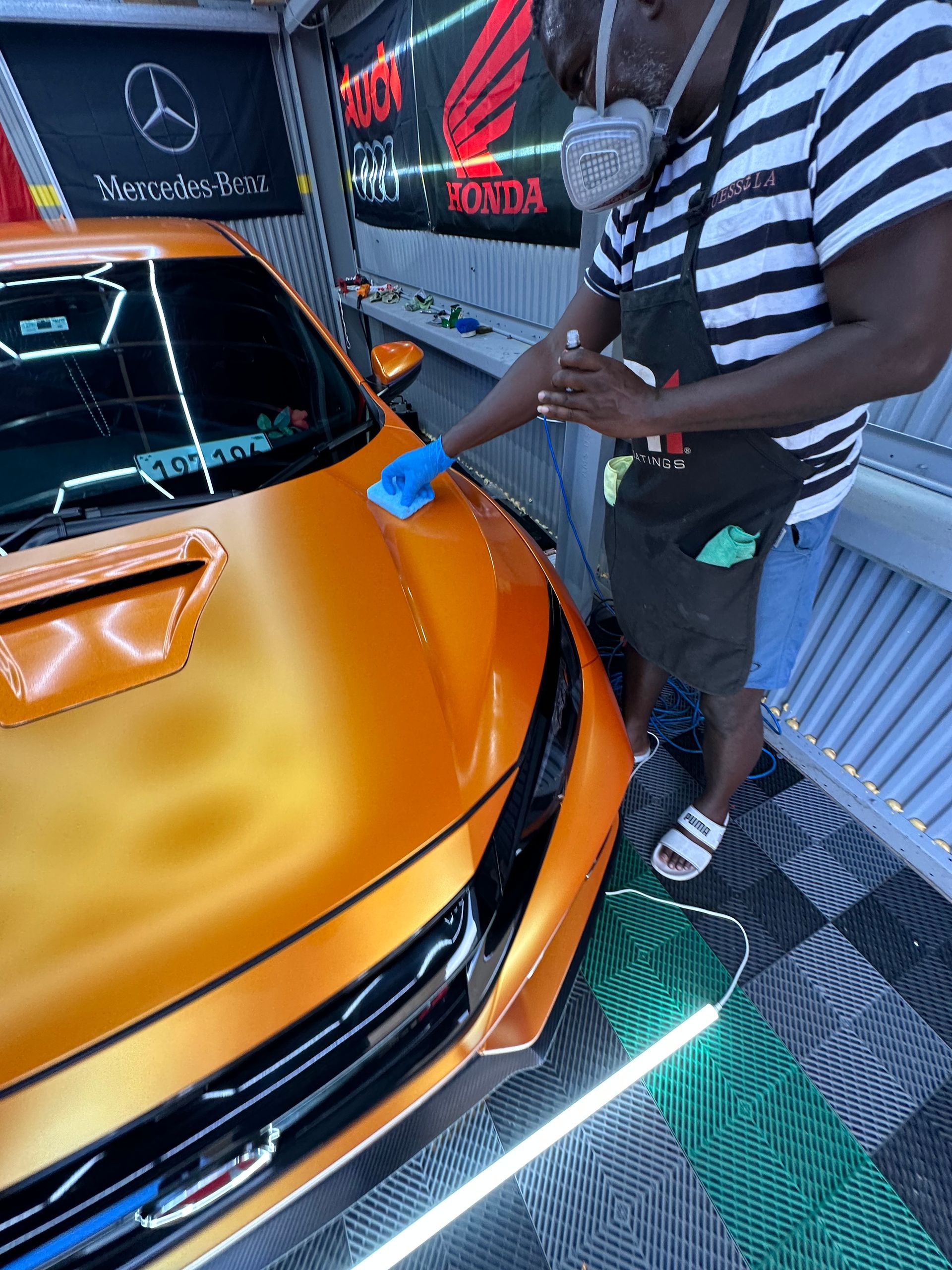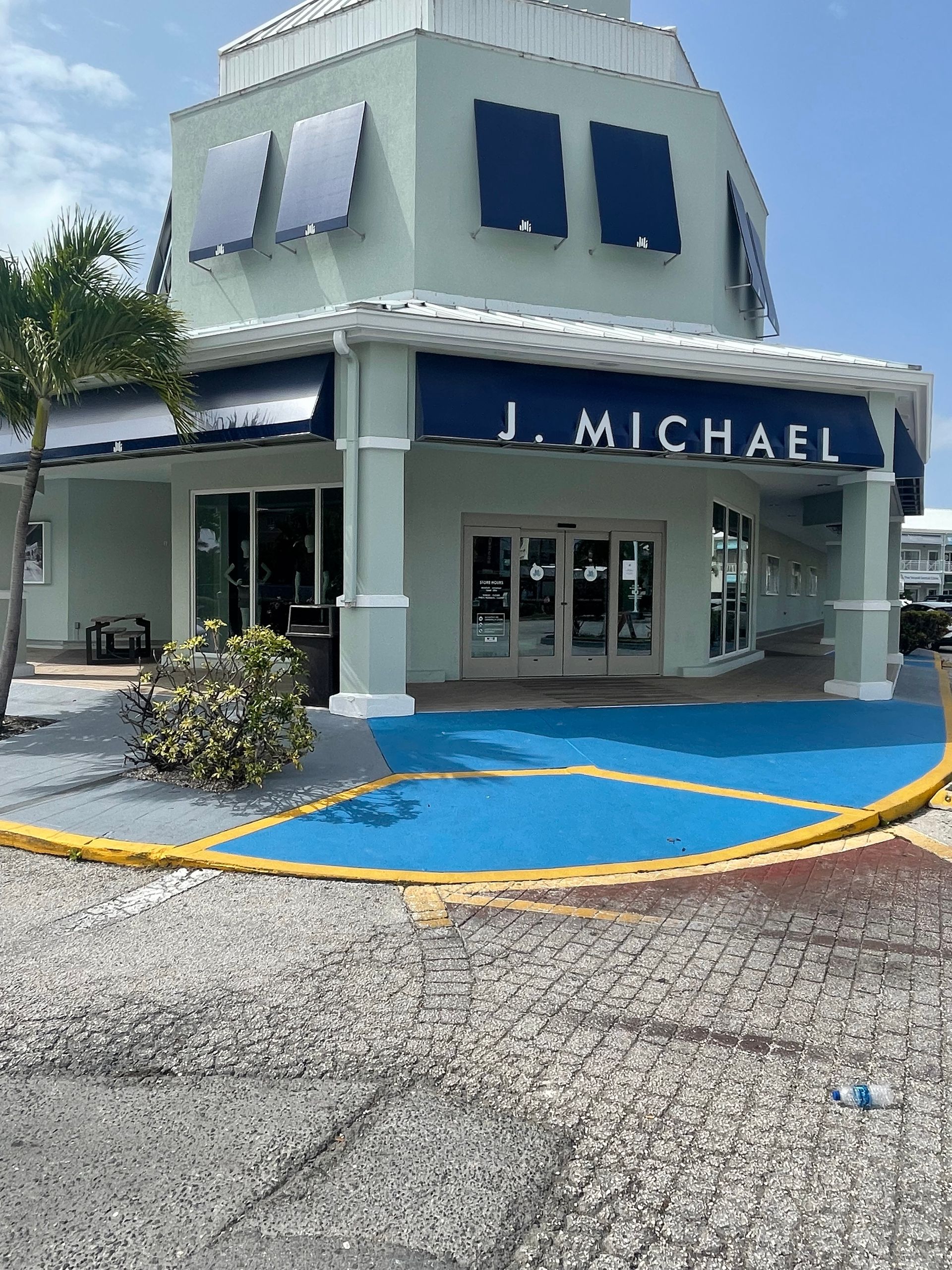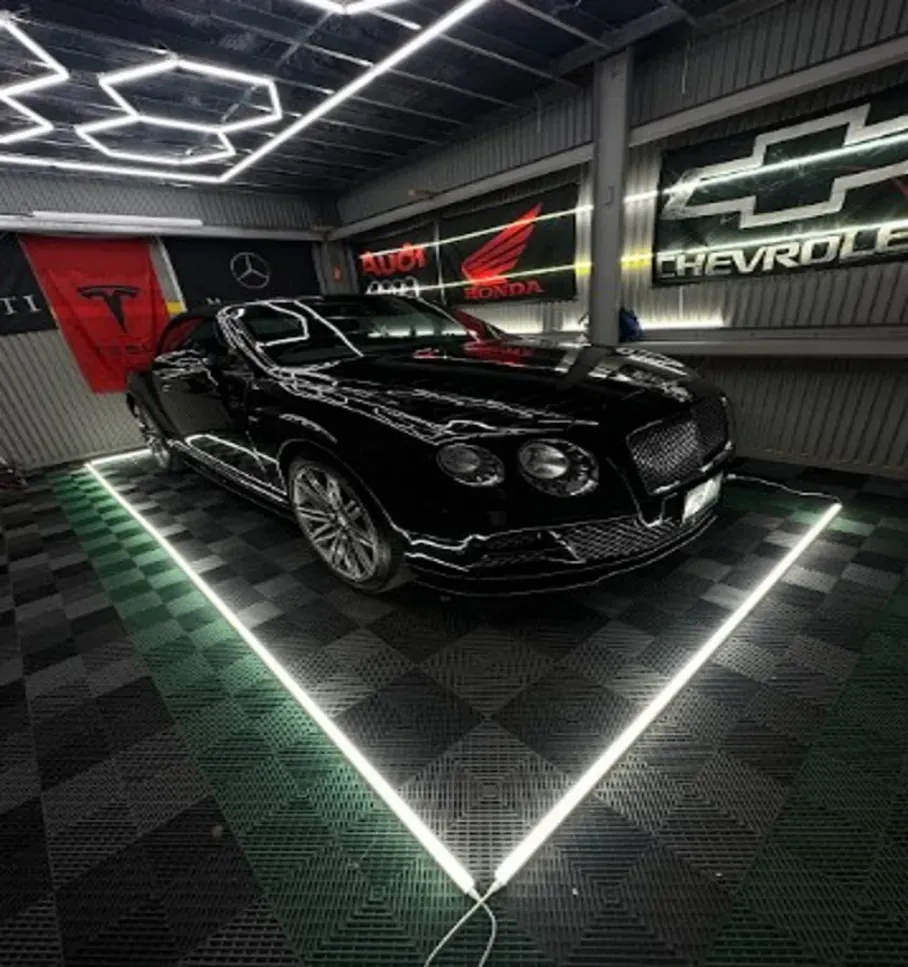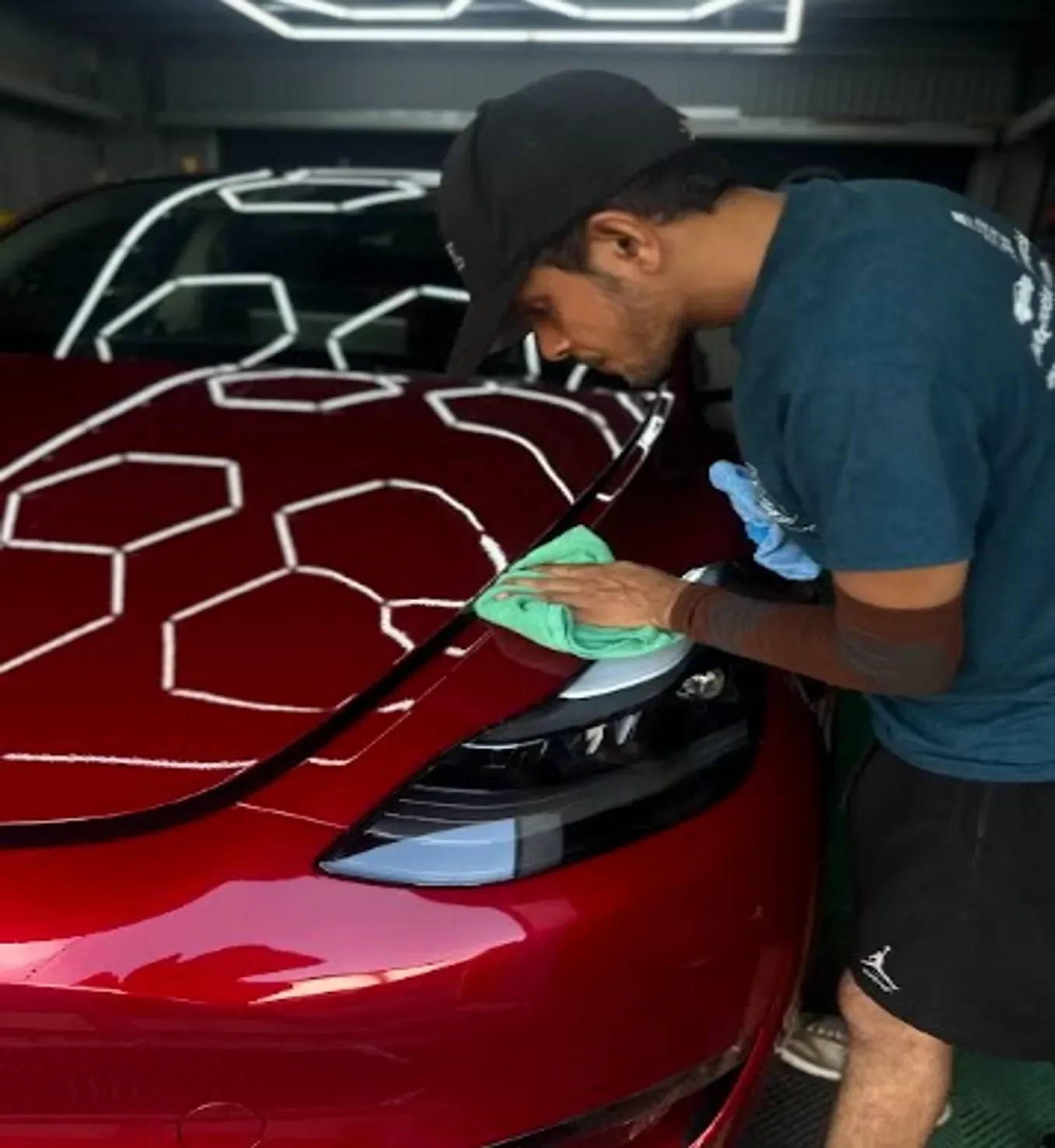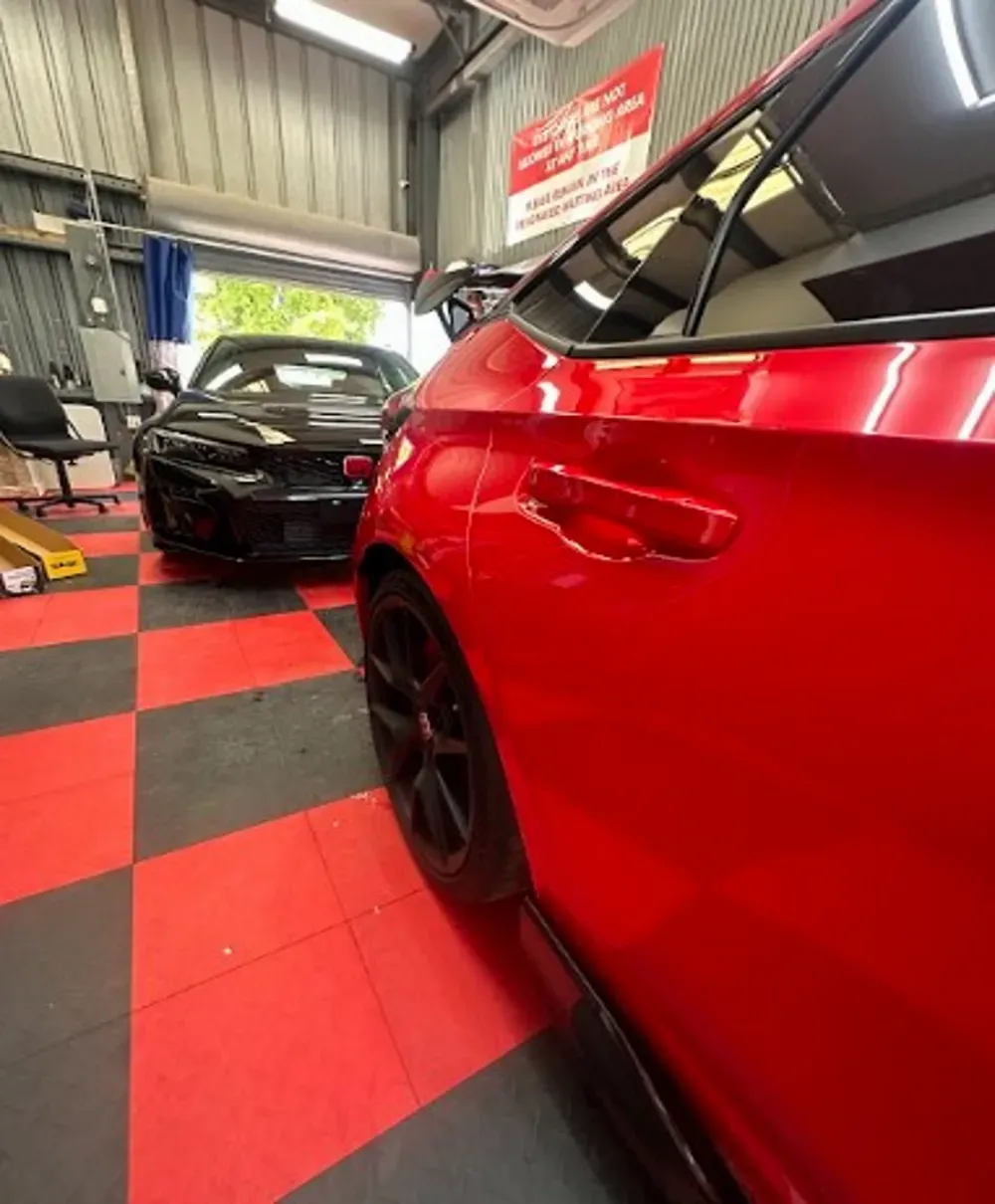Paint Protection Film vs. Ceramic Coating: A Comprehensive Comparison of Benefits
GET A QUOTEWhen it comes to preserving your vehicle's beauty and integrity, there are numerous options, but two popular ones are paint protection film (PPF) and ceramic coating. Have you ever wondered which one would better shield your prized ride from the everyday hazards it faces on the road? Both offer distinct advantages, making them appealing for different reasons. In this article, we’ll break down the key features of each option, helping you navigate through their benefits to make an informed decision that suits your needs—because protecting your car isn’t just about looks; it’s about keeping your investment safe, too.
Paint Protection Film (PPF) is a thicker, clear urethane film that protects against physical damage like chipping and scratches, while Ceramic Coating is a liquid polymer that provides a hydrophobic surface for enhanced cleaning and protection against contaminants. For optimal protection, it is recommended to use PPF on high-impact areas of your vehicle combined with ceramic coating over the entire surface, as each product serves unique protective functions.
Paint Protection Film vs. Ceramic Coating: A Detailed Comparison
Paint Protection Film (PPF) is a transparent layer made of durable urethane, engineered to shield your vehicle's paint from physical damages like chips and scratches.
In contrast, a ceramic coating is a liquid polymer that binds with the vehicle's surface, acting as a protective barrier against various environmental contaminants while enhancing overall shine.
While both products excel at preserving your car’s beauty and integrity, they serve slightly different purposes. PPF focuses on protecting the surface from harsh impacts and road debris. This is why many drivers apply it strategically to high-impact zones—hoods, bumpers, and mirrors—where damage is more likely to occur.
On the other hand, ceramic coatings create a hydrophobic effect that makes cleaning easier and offers exceptional resistance to dirt and grime. The choice between the two often comes down to the type of protection you prioritize for your vehicle.
Key Differences
When it comes to durability, there's a noticeable difference in thickness between PPF and ceramic coating. PPF’s robust nature creates a physical barrier that stands resilient against scratches. One compelling feature of PPF is its self-healing capability, which allows minor scratches to vanish when exposed to heat.
Ceramic coating, on the other hand, provides an impressive arsenal of benefits despite the fact that it lacks self-healing capabilities. For instance, it effectively resists chemical stains from substances such as bird droppings and tree sap, which can cause significant damage to unprotected paintwork.
Physical Damage Prevention: PPF excels in safeguarding against tangible threats such as rock chips.
Aesthetic Boost: If you're aiming for that showroom-level gloss, Ceramic Coating delivers an enticing finish that enhances the vehicle's style.
Chemical Resistance: Most notably, ceramic coating protects your car from harmful acidic pollutants better than PPF.
Self-Healing Feature: Only available with PPF, which continues to be a game changer in terms of maintaining appearance over time.
By understanding how these two solutions differ in application and function, you can make a more informed decision about which is best suited for your vehicle's needs. It's essential to consider what level of durability, ease of maintenance, and aesthetic enhancement aligns with your vehicle use and care preferences as you explore further options.
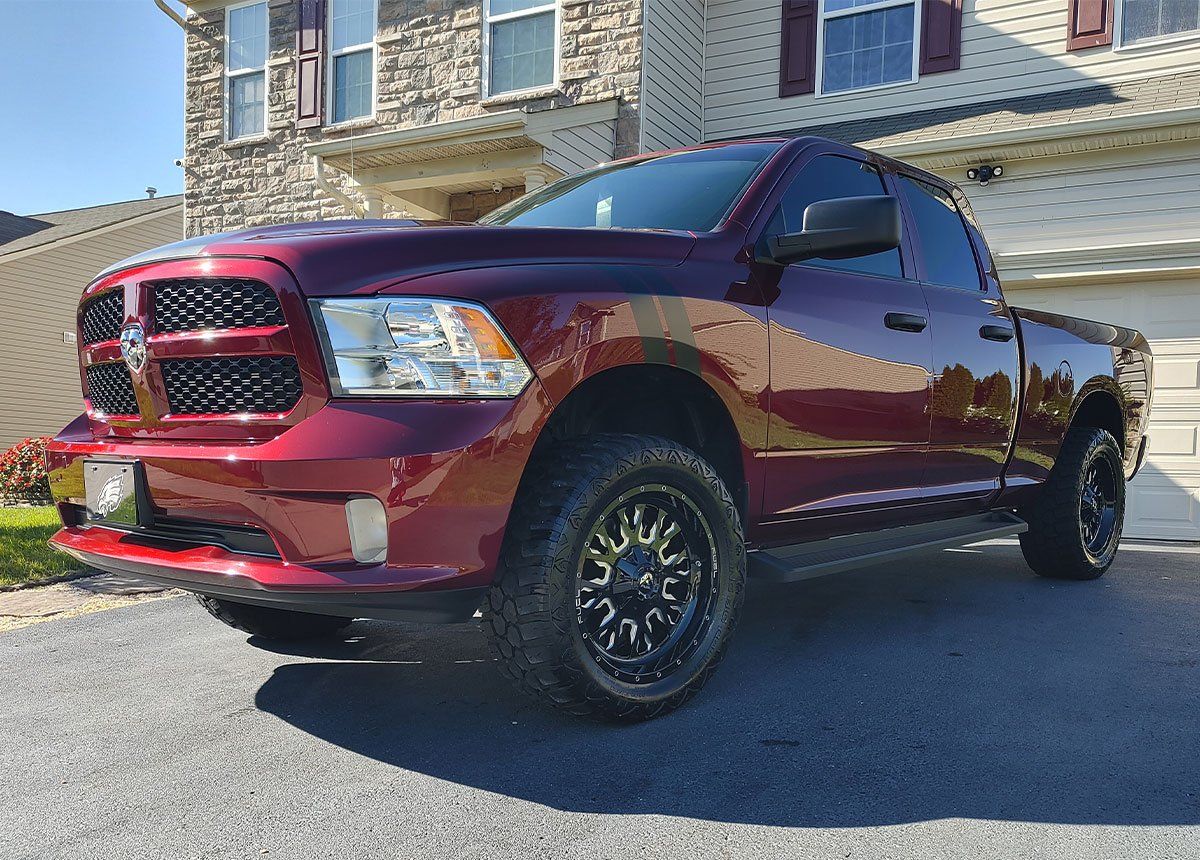
What is Paint Protection Film?
Paint Protection Film (PPF) is a remarkable solution for any vehicle owner looking to keep their car’s finish pristine. This transparent urethane material acts as a skin for your vehicle, expertly shielding it from environmental elements that can cause wear and tear.
Developed originally during the Vietnam War, PPF was engineered to protect helicopter rotor blades from damaging shrapnel—so you can be sure of its strength. Fast forward to today, and this technology has been fine-tuned for automotive use, providing not just protection but also peace of mind for car owners who want their vehicles to look new for years to come.
Characteristics and Benefits
One of the standout features of PPF is its ability to act as a physical shield. Its thickness creates a barrier against impacts, meaning that when a rock flies up from the road or if you accidentally scrape against an obstacle, your car's paint remains safeguarded from chips and scratches. This level of protection can save you significant costs in repairs or touch-ups over time.
In addition to its protective capabilities, PPF boasts self-healing properties. When exposed to heat, minor imperfections such as scratches will disappear on their own.
Moreover, modern formulations of PPF are designed with clarity in mind. This means that while you're benefiting from robust protection, the original appearance of your vehicle remains unchanged. The film is nearly invisible when applied correctly, so you won’t even notice it's there—until you experience the benefits of a well-preserved paint job.
What is Ceramic Coating?
Ceramic coating is a game-changing solution for vehicle protection, made from a liquid polymer that adheres to the factory paint of your car, creating a robust, long-lasting barrier. This isn’t just any layer of protection; it chemically bonds with the paint surface, forming a shield that enhances durability and longevity. One of the standout qualities of ceramic coating lies in its hydrophobic nature.
Key Features
The hydrophobic properties of ceramic coating mean that when water hits the surface, it beads up and rolls off, taking dirt and grime along with it. This feature reduces the frequency and effort required for cleaning your car, making it look freshly detailed with minimal intervention. A simple rinse can do wonders; you'll find that your car stays cleaner for longer periods due to less adherence of contaminants.
Additionally, this coating provides significant UV protection. The sun can be merciless, especially in sunny regions like the Cayman Islands, where UV rays lead to oxidation and fading of the paint. With ceramic coating, your vehicle gains an extra layer of defense against those harmful rays, ensuring that your car remains vibrant and free from premature aging caused by relentless sunlight exposure.
Beyond practicality, the aesthetic enhancement offered by ceramic coating cannot be overstated. It significantly boosts the gloss of your vehicle's paint, creating a reflective quality reminiscent of a showroom finish.
All these qualities make ceramic coating an enticing investment for any car owner looking to protect their vehicle while adding undeniable curb appeal. Understanding the benefits of ceramic coating transforms your approach to vehicle maintenance for years to come.
Differences in Appearance and Finish
The finish and appearance after application can vary significantly between Paint Protection Film and Ceramic Coating, each offering its unique benefits depending on your aesthetic preferences.
PPF Appearance
When it comes to PPF, the appearance is designed to be nearly invisible once applied. It acts as a protective layer, ensuring that the original paint color remains intact. However, this film can impart a slightly matte finish instead of a glossy shine, which may not enhance the overall luster of the vehicle's surface.
This quality makes it an excellent option for those who want to shield their car from scratches and stone chips without changing the aesthetic. For example, if you're a sports car owner wanting clear protection that allows you to maintain the original aesthetics, PPF serves this function beautifully by preserving that sporty look without drawing attention to itself.
Ceramic Coating Appearance
In contrast, ceramic coating offers a dramatic enhancement of your vehicle's finish. This protective solution actively enhances depth and clarity, resulting in a strikingly glossy finish that catches light in ways that bare paint simply cannot. The coating creates a hydrophobic surface, which means water beads and rolls off easily, leaving no opportunity for contaminants to settle on the surface.
So whether it’s sunlight glistening off the hood or raindrops cascading down the sides, your vehicle will keep a polished and glamorous look.
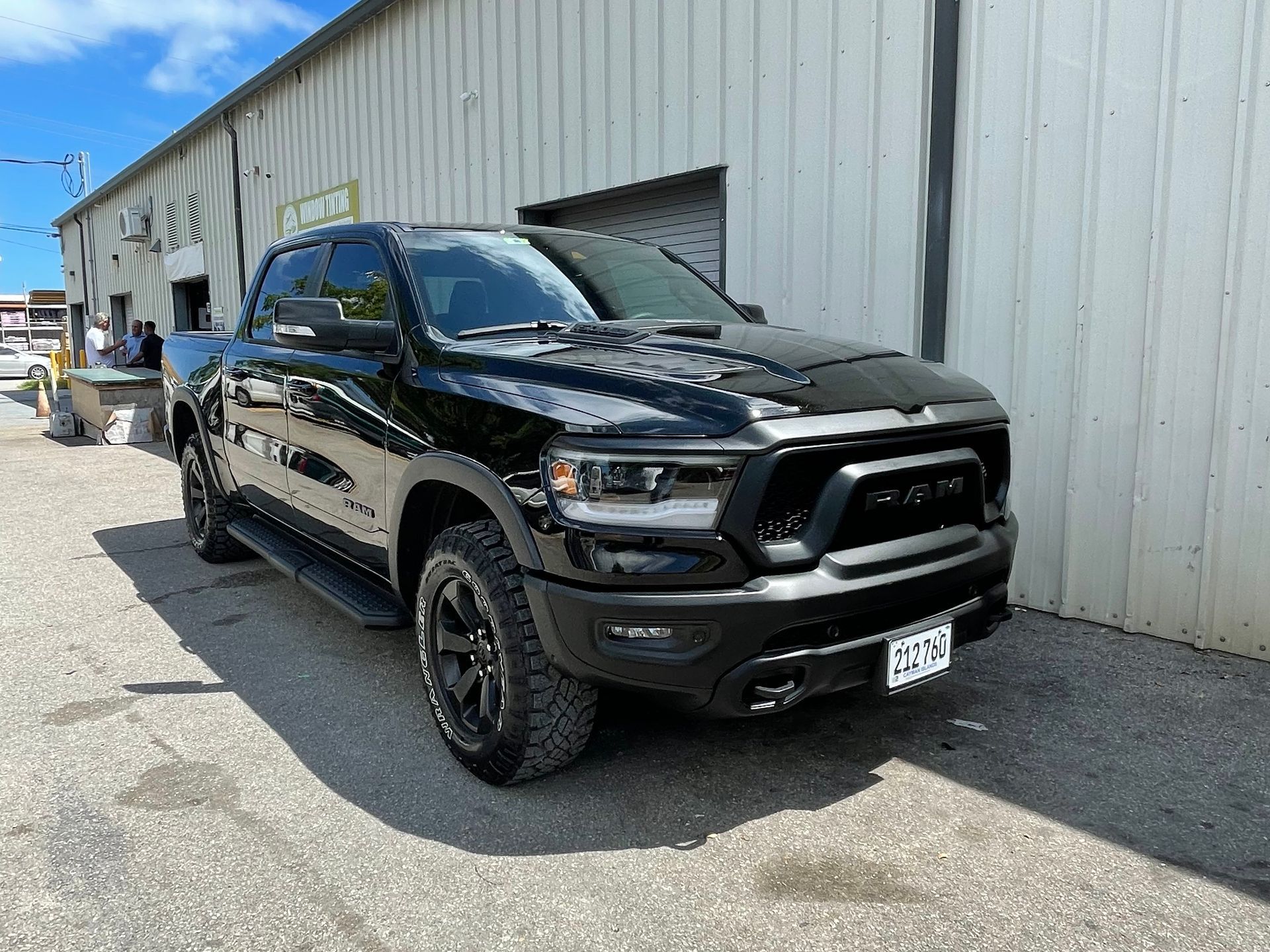
Comparing Durability and Resistance
When it comes to protecting your vehicle, durability and resistance to elements are paramount. These factors play a significant role in determining how well paint protection film (PPF) or ceramic coating will serve you over the years.
PPF Durability
Let's begin with PPF. A thick layer of transparent urethane film, PPF is designed to absorb impacts and provide robust protection against abrasions. Its resilience makes it particularly effective in guarding high-wear areas like the hood and bumpers, which often encounter road debris, insects, and other hazards.
Imagine driving down a dirt road where small rocks and gravel frequently fly up; having PPF on your vehicle acts as a shield, absorbing those shocks without compromising your paint.
Ceramic Coating Durability
The protective layer of ceramic coating excels in different ways—its real strength lies in its chemical resistance and UV protection.
Picture living in an area with acid rain, bird droppings, or tree sap; these elements can wreak havoc on your car’s exterior over time. With ceramic coating, however, you get an added layer of defense that helps keep harmful substances at bay while ensuring that your paint continues to shine brightly even under harsh environmental conditions.
On average, ceramic coatings offer protection for 2 to 5 years, which may seem shorter compared to PPF. However, this duration reflects its unique strengths in resisting chemical damage and UV degradation, especially for urban drivers who must contend with pollutants and other environmental challenges regularly.
Both options have their merits; PPF stands out for its physical protection, while ceramic coating shines in safeguarding against corrosive entities. With these insights into durability and resistance, you can appreciate how each solution serves different purposes based on individual driving habits and environments.
Evaluating Costs
The financial aspect of applying PPF and ceramic coating can sometimes feel overwhelming, especially when comparing the two. However, breaking down the expenses can help clarify the potential investments in your vehicle's long-term care.
Let’s explore these costs and consider what you’re truly getting for your money.
PPF Costs
When we talk about paint protection film, we're looking at a pretty substantial range. Full-car installations typically fall between $4,000 and $7,000 or more based on factors such as vehicle size and the quality of film being used. For instance, if you own a midsize vehicle, expect to spend around $4,500 for a standard application. Owners of luxury cars might find themselves opting for premium films that increase their expenses to nearly $6,000.
It's important to remember that this investment is not just about aesthetics—PPF offers excellent protection against scratches and environmental factors, thus saving you money on potential repairs in the future.
Ceramic Coating Costs
On the other hand, ceramic coating applications generally cost more modestly in comparison, ranging from $900 to $2,000 or more depending on the product utilized and labor charges. If you’re seeking a high-quality ceramic coating that promises full coverage and durability, don't be surprised if your expenditure reaches up to $2,000.
Balancing Cost and Value
While a single application of ceramic coating might seem cheaper upfront, combining it strategically with PPF for high-impact areas—like the front bumper or hood—could yield greater overall cost efficiency and protection longevity.
It’s essential to weigh these considerations when evaluating your investment.
Application Process Insights
Both PPF and ceramic coating require professional expertise for optimal results, but the steps involved in their applications vary significantly, highlighting the intricacies of each process.
PPF Application Steps
The initial step for both is surface preparation. For PPF, this involves meticulously cleaning the vehicle’s surface to eliminate dirt, wax, and any contaminants that could interfere with adhesion. This detailed prep work ensures that the film adheres perfectly, enhancing its longevity and effectiveness.
Throughout the PPF application process, skilled technicians play a critical role. They unroll the film with careful precision, ensuring it aligns correctly without bubbles or misalignment. Utilizing a heat gun, technicians activate the adhesive, which smooths out any imperfections in real-time. This gentle warmth allows the film to conform seamlessly to every curve of your car's surface. Following this, the excess film is meticulously trimmed away, with edges sealed perfectly to create an aesthetically flawless appearance.
Ceramic Coating Application Steps
On the other hand, applying ceramic coating demands a slightly different approach. Initially, just like with PPF, the paint must be thoroughly cleaned and decontaminated. However, what sets ceramic coating apart is the polishing phase. This crucial step removes surface imperfections.
Once polished, technicians apply the ceramic coating in small sections to ensure even coverage and thorough bonding with the paint surface. After application, many coatings require a specific curing process, meaning keeping environmental conditions controlled so that the coating adheres properly without interference from humidity or temperature fluctuations. Each step builds upon the last to create a protective shield around your vehicle.
Final Words
In conclusion, both paint protection film (PPF) and ceramic coating offer exceptional ways to protect your vehicle, but they serve different purposes. PPF is the ultimate shield against physical damage like rock chips and scratches, while ceramic coating provides a hydrophobic, glossy layer that protects against environmental contaminants and makes maintenance easier. Depending on your needs, you may opt for one or combine the two for comprehensive protection and stunning aesthetics.
At Cayman Window Tinting, we’re here to help you make the right choice for your vehicle. With expert installation and top-tier materials, we ensure your car gets the care and protection it deserves.
For tailored advice specific to your needs, consider visiting Cayman Window Tinting to explore how these solutions can best serve you. Call us at (345) 939-7343 for a consultation today!
Cayman Window Tinting
Taking Your Vehicle to the Next Level
Headquartered in Georgetown, Cayman Islands and founded in 2017, Cayman Window Tinting is the leading window tint installers and vehicle paint enhancement and protection experts in our unique area of the world! In addition to enhancing the aesthetic appearance and functional protection of all vehicle makes and models, we also offer UV-resistant window tinting to boats, all vehicles, homes, and commercial buildings alike. Each of our window tinting applications available at Cayman Window Tinting are specifically tailored to each customer’s requirements for unrivaled interior protection, no matter if it is a vehicle or property.
QUICK LINKS
OUR LOCATION
Sparky's Dr, 23 Lancaster Crescent Grand Cayman KY1, 1009, Cayman Islands
CONNECT WITH US
PHONE: (345) 939-7343
Cayman Window Tinting was designed by the team at Detailers Roadmap, a platform developed for detailing operators across the globe.
All Rights Reserved | 8bitcreative, LLC | Cayman Window Tinting


